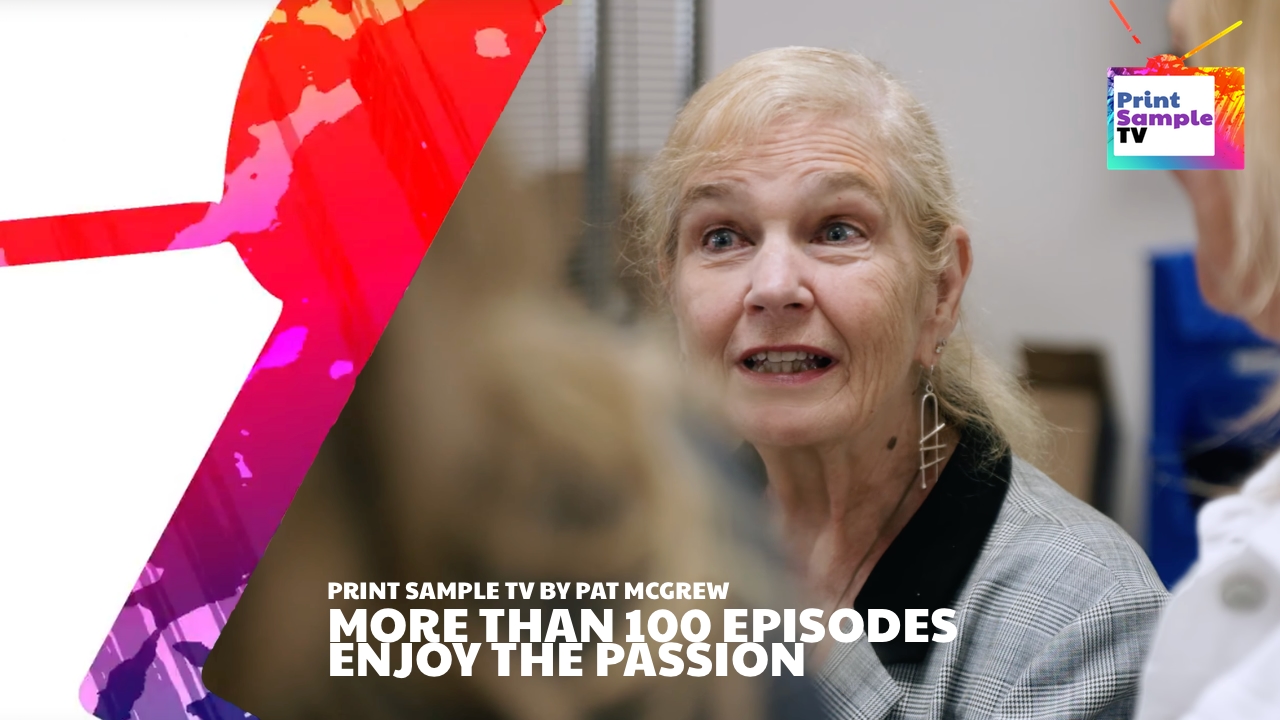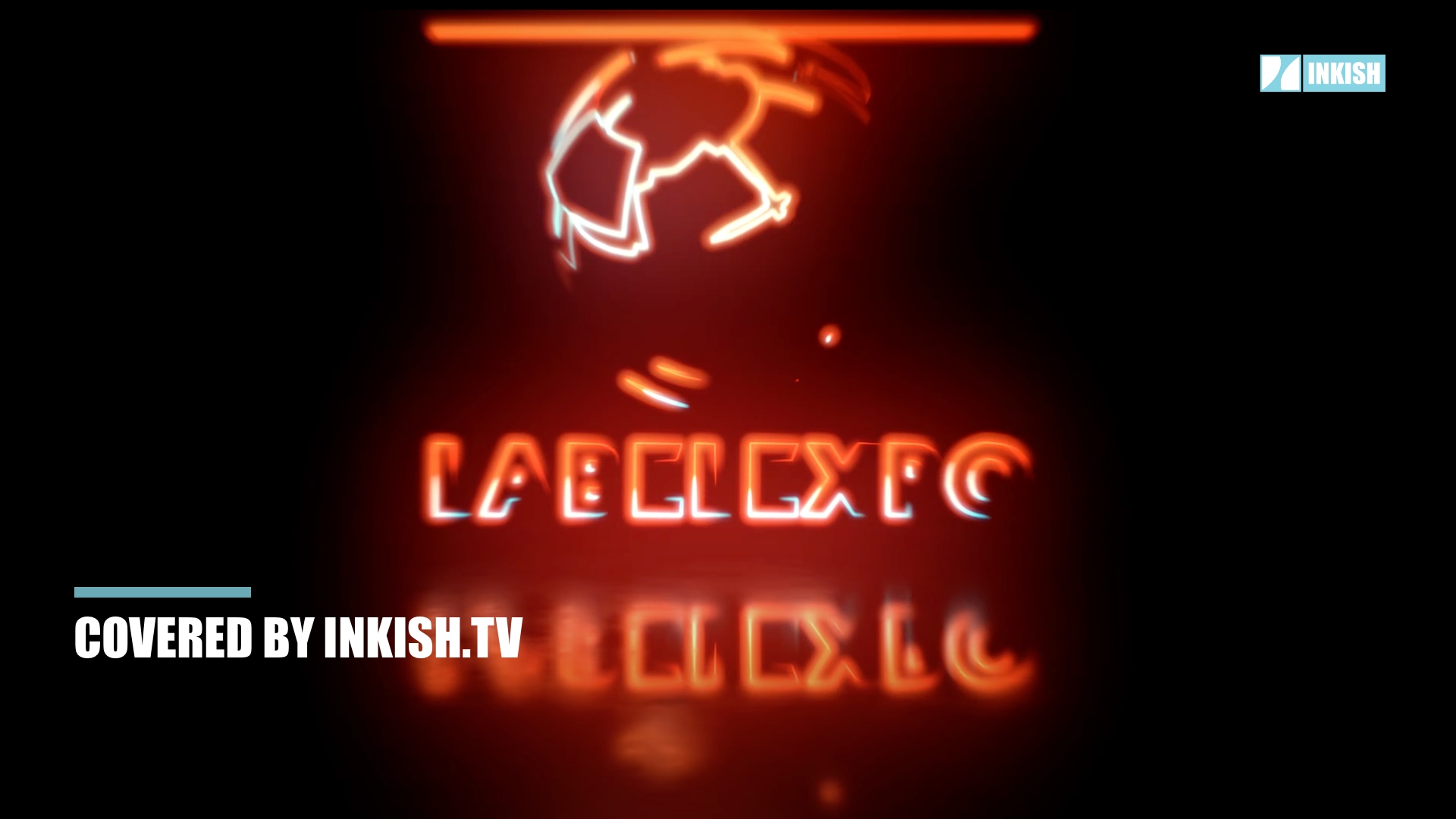Standardizing the world of colors · CEO Tim Baechle · Idealiliance
In this INKISH film, we talk to CEO Tim Baechle from Idealliance. Idealliance is a non-profit organization working with among other things standardization of colors through the G7 standard. Colors and color-standards are becoming more and more important since faster turn-around time, lower prices, and higher demands from customers require standards not only to be measured against but also to set as an optimum for efficient productions.
Listen to Tim Baechle here and reach out to Idealliance to get more info. We expect to deliver more info on INKISH in respect to the challenges of color management and the tools that can help you become more efficient.
Idealliance is a global think tank, and we’re actually the only global think tank in the world, and we have 13 global offices around the world, and we’re the largest certifying body globally, and we’re the largest contributor to ISO standards. The thing that we do is that we create standards, specifications, certifications, and we’re very huge in implementing these. The biggest thing that we do and the reason we have so many offices is changing the industry through implementation. We want people to learn, but we want them to learn hands on.
Color management is a big part of what we do, a huge part of what we do. That really goes back to standards and specifications, and datasets and profiles. A large amount of what we do from standards and specifications is given away to the world for free. When you work in the world of standards and specifications, you’re trying to create a better world, so you’re giving away this work for free to the global industry. It’s really all about collaboration. You’re dealing with the world of color management, you don’t set out to say this is important because it’s a money maker. It’s important because you’re trying to create value that change the industry. So when we created G7 back in 2006, we created it in mind knowing that the industry was not just [inaudible 00:01:28] but it was [inaudible 00:01:30], and digital was coming about and inkjet was gonna come and desublimation was gonna come, industrial inkjet, so G7 covers every single print medium in the world. And now you find it everywhere in the world, working with every brand in the world, every different print medium and every DFE in the world. It’s the largest used specification.
So when you talk about color management, how that pares down, you actually, the reason it’s been around so long and is actually booming and growing is because we never set out to make it something that was a money maker, but something that created and changed the industry through value. So when you focus on changing something to bringing value, it becomes very perennial.
When you’re managing color you have to have, there’s really two specifications in the world. You have G7 and you have TVI. And the very important part of this is creating consistency across the entire workflow. If it’s just offset, you’re looking at your paper, you’re looking at your press, you’re looking at different substrates. But the very biggest thing is not going after simply a qualification that you have a sticker on your machine or a sticker or on your badge or a sticker on your building, it’s saying that you’re putting this quality control and process control in place and you’re practicing it every single day and you’re measuring sheet after sheet or X 100 of sheets or X 50 sheets and saying this is our quality control and we’re doing it through software that everything’s in line. You do it through spectrometry and densitometers and spectro-densitomoters and you’re actually measuring LAB values so the machine process is in place, so that variation control comes into play that is consistent run after run, so you’re actually keeping things up to color and you’re standardizing it.
So when you, job after job, repeat after job, a press run, say if it’s in Germany or Denmark or in Holland or in Latin America and China, even the same job, if you’re using the methodology and the specifications and consistently measuring with process control, it always looks visually similar and that’s the beauty of it.
It’s extremely possible and it’s much higher demand. So years ago when we talked about color management, it was talked with just a few consultants that could do it. Now it’s an everyday conversation. So, it’s almost like the world woke up and there’s color management people in every facility and color management people in every brand. And there’s big conversations going around the world and you see it in the press all the time, saying well, the consumer can only see a Delta E of six. That’s not true. The human eye can see a Delta E of two, even sometimes one Delta E, but what brands really want, because that brand integrity consistency is actually driven by the brand wanting their consistency to be so precise because when they put it on the shelf, they want all of that product, no matter where it is in the world, to look identical because that’s brand integrity, because that’s brand quality.
There’s a couple things if you’re speaking about G7 master of facility qualification, there’s three levels to it. There’s grayscale, there’s targeted, and there’s color space. So grayscale is a basic in regards to creating it neutral, then there’s targeted of hitting a specific targeted, your RGB and your [inaudible 00:04:50] and your overlays, and then the color space is all of that plus a specific color space. So, that’s like the highest level of that, so if you run into that, you’re basically telling people you work with we have a process control and color management system very much in place and stabilized. So if you combine that with brand Q, which is another certification we have, which is an iso-standard, that is even deeper, which is driving down iso-standards and every process from an auto and saying all the way from creative straight down through plate-making to DFE through light, through everything you possibly look at within a facility, packaging or just printing, if you’re doing do-do-do-do-do, following all these things.
And remember, you can’t just follow iso-standards alone, because if you did, for example, iso-standard 12647-6, which is the standard for Flexo, the iso-standard for that for color, the Delta E is five. That would never pass a brand standard ever. It would fail every single time. So you have to use some sort of methodology in combination, like G7, in order to control and tighten up those tolerances. So when you put all that in place and kind of align them, you create a very tight process control and when you get the brand speaking the same language as service providers, it doesn’t matter if you’re speaking Danish, Polish, German, Portuguese, or Spanish or English or Mandarin Chinese, they’re actually speaking the same color language, so you actually create this beautiful supply chain language of color, and that’s what we’re trying to create around the world with our 13 offices.
It’s hard to change the language of the world and try to create that communication, but it’s working and we work with all these brands.
We work with both very much so around the world because we see ourselves as collaborators. There’s two types of companies or people in the world, there’s givers and there’s takers. And we’re very much a giving organization, we live our brand through giving. And part of that is giving a couple different ways, giving away specifications and standards and also if we look at younger generations coming in this industry, we give scholarships, we give certifications, we give training, so to make sure that we’re giving and serving the younger generation, pulling them up through the industry. So we work with all these people because it’s a whole different type of workforce coming up and we work equally with the whole ecosystem from OEM’s to brand to service providers to creators to print buyers, it’s all in collaboration because we don’t compete. So we communicate and say what can we do to serve you? It doesn’t matter if we’re talking to the largest brand in the world or to the smallest brand or the biggest printer provider or the smallest printer provider. We try to go out of our way to make them all feel that they’re very important so we can offer them a service and be there for them and show them that we’re in the business of serving, and that’s really trying to live our value system through our actions in doing what we do and that’s the basis, fundamental basis of Idealliance.
[inaudible 00:07:57] Idealliance because through our 13 different offices around the world, you can connect with us online through Idealliance.org or you can call any one of us, there’s various different events. You can call me directly. We also make contact with tons of brands around the world and tons of service providers. For example, we work with service providers that work with maybe 1000 brands or a couple thousand brands, so they’re controlling all these different brand work, and from that it might pair off that we’re talking to five brands directly, helping them specifically. We’ll work with anybody in the world, so during my travels I’ll run into people that say hey, we have a project, can we talk to you [inaudible 00:08:34]? We have a project, can we work with you or not? So we’re constantly being pulled and moved around anywhere. It’s sometimes exhausting, but we’re in the business of serving and that’s a great business to be in ’cause when you’re in the business of serving others, I don’t think there’s any better place to find yourself because you’re constantly giving. Because when you’re asking somebody what can I do to help you, and you can give them something in return, it’s an incredible gratification to be in the business of service.

































































